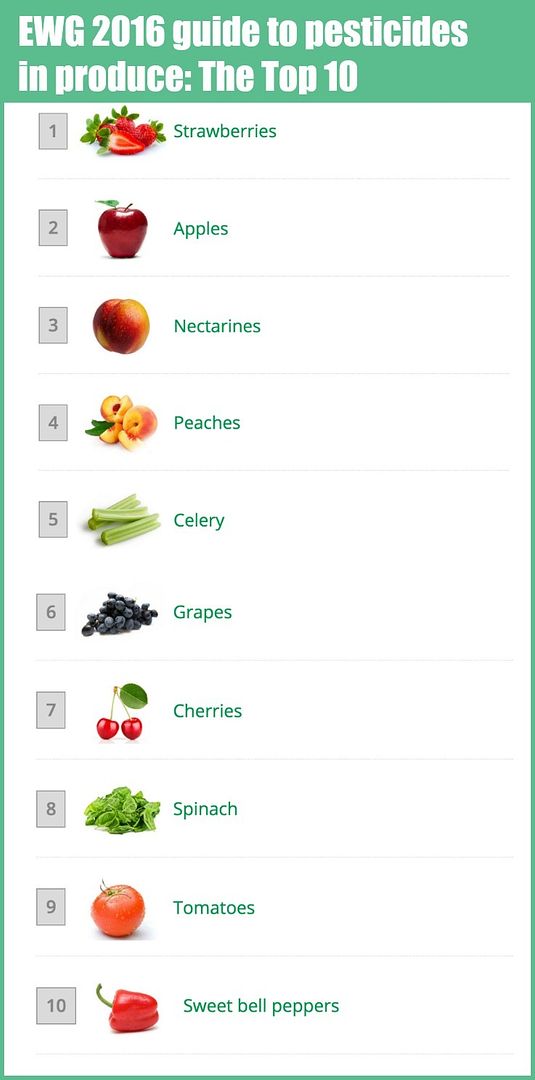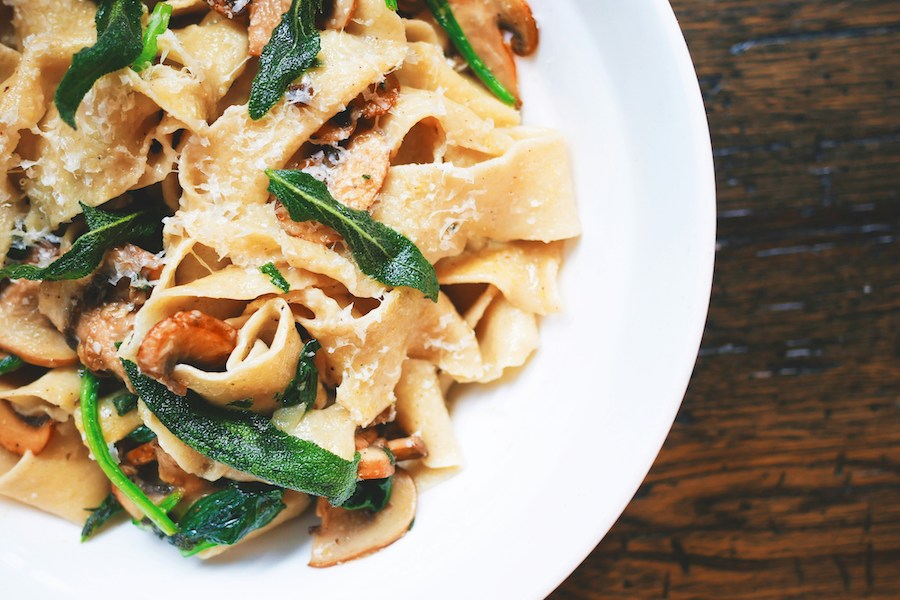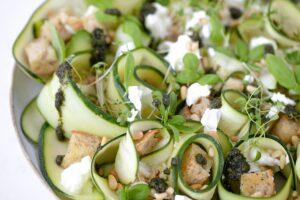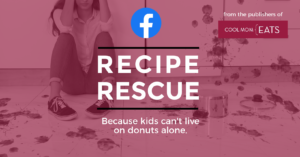We’ve always been fascinated reading EWG’s “Dirty Dozen” list of Pesticides in Produce, and their 2016 list is not as I would have expected. Mainly because, for the first time in my memory, apples have been replaced by strawberries as the #1 source of pesticides. In fact, 98% of strawberries that were tested had detectable pesticide residues, with four out of five having residues of 10 or more pesticides—and some having as many as 17.
That’s kind of mindblowing.
Related: A lovely book to teach kids about growing fruits and vegetables
Of course it’s important to note that not every pesticide in the world is awful—some are relatively benign according to the EWG—but if you eat a lot of strawberries (or apples or nectarines or peaches) at home that you’re not growing yourself, maybe think about whether you want to devote a little more of your budget for organic varieties, while cutting back on organic items with negligible benefits, that is, for your body. (The earth is a different story.)
If you have to figure out where to cut back, we always suggest that you skip organic when it comes to highly processed foods (like a lot of kid-friendly snacks) or thick-skinned fruits and veggies like mangoes, grapefruit, and bananas. Save that hard-earned money for where it matters, because it really can be sooooo much more expensive.
I mean, have you seen the cost of a single organic red pepper lately? Yeouch. That’s not just NYC prices, right?
That’s why we’re so grateful for the research that the EWG puts out to help consumers like us make better decisions, which may include stocking up on a good fruit and vegetable wash. I personally like this one from Honest Co, which you can find at places like Target, Buy Buy Baby, and Bed Bath & Beyond.

Click over to the EWG site to see the full list of 48 most contaminated fruits and vegetables, with lots that may surprise you. Frozen sweet peas? Yikes!
Also take note that the rounding out the “dirty dozen” at number 12: kale and collard greens. With the uptick in the popularity of kale these days, that’s really useful info.
Visit the Environmental Working Group website for the EWG 2016 “Dirty Dozen” list of Pesticides in Produce and more details about the methods and results. You can also sign up to get a free printable shopper’s guide to pesticides in produce including the 15 safest foods, a good place to look for where you can save by buying conventional. Go avocados!






